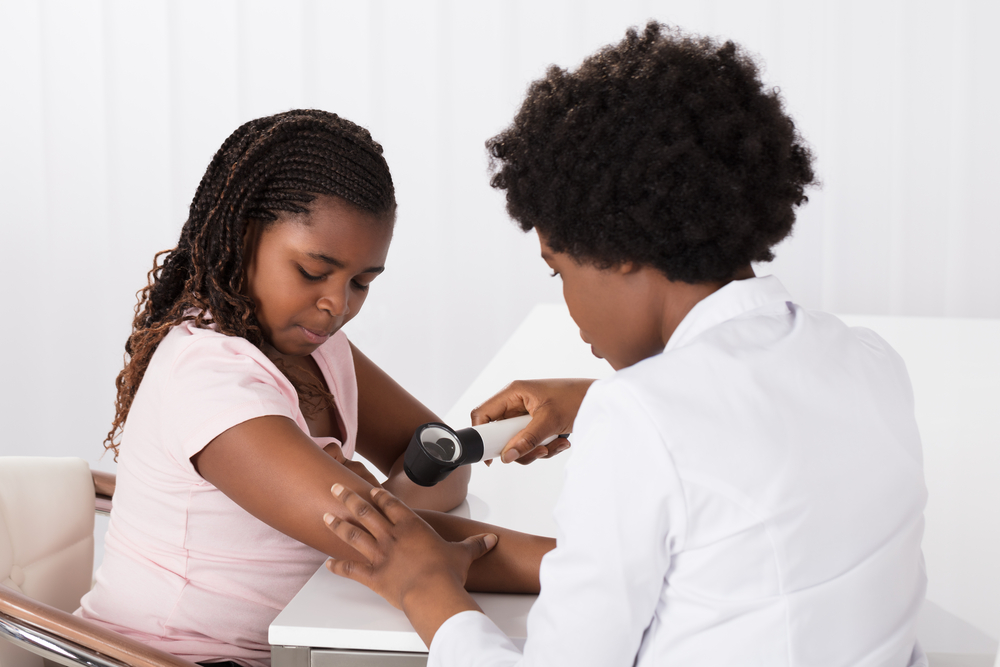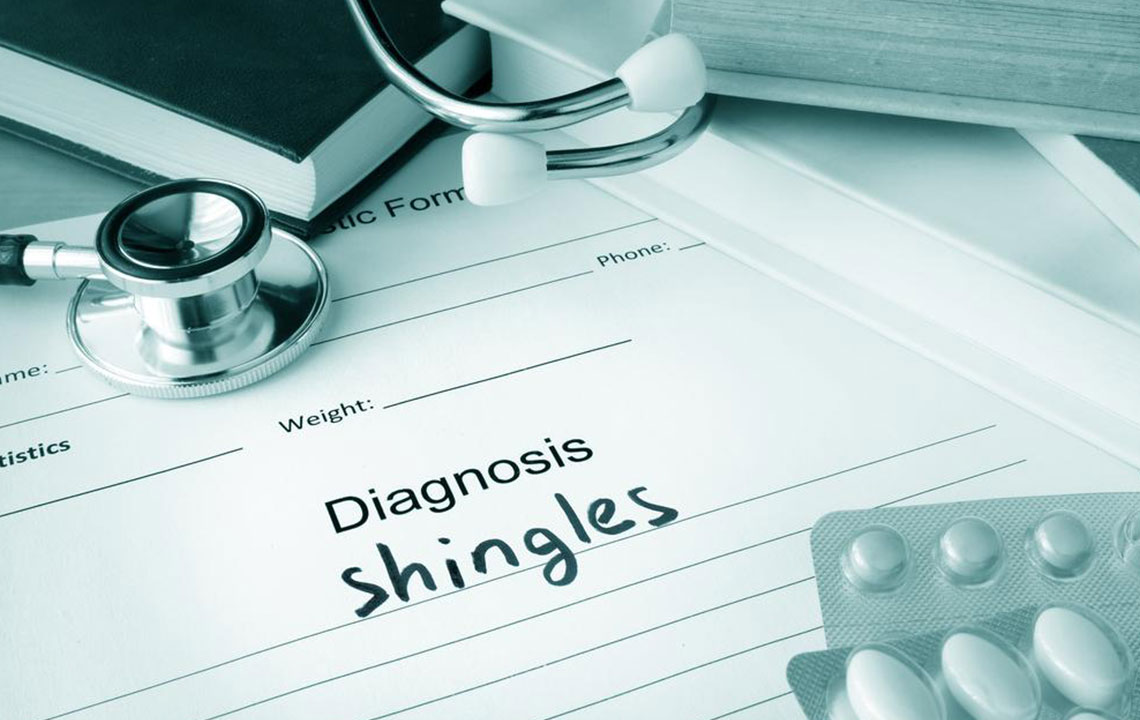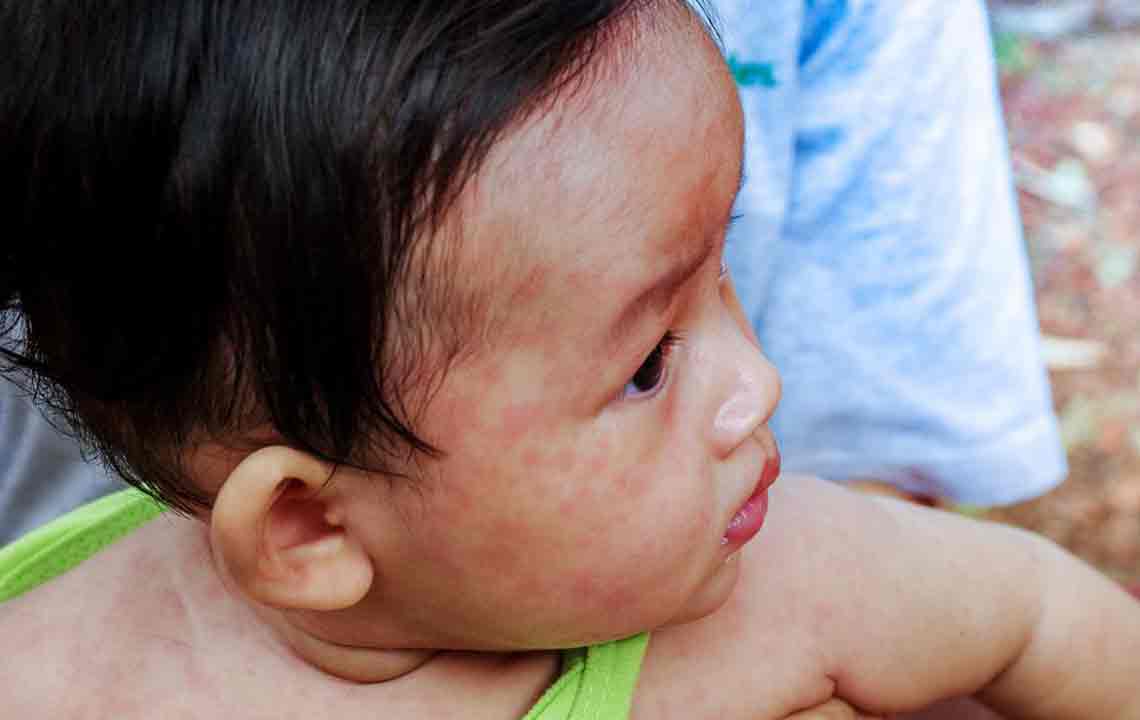Comprehensive Guide to Early Detection and Prompt Treatment of Shingles
This comprehensive guide highlights the importance of early detection and prompt treatment of shingles. It explains the causes, symptoms, diagnosis methods, and potential complications of the condition. Recognizing early signs, especially in high-risk groups over age 50, can lead to faster treatment with antivirals, reducing the severity and preventing serious health issues. The article emphasizes the critical need for immediate medical consultation when shingles is suspected, particularly if the rash affects the eyes or face. Educating yourself about shingles can significantly improve health outcomes and quality of life.

Recognizing Signs of Shingles and Acting Quickly for Better Outcomes
Knowledge of shingles symptoms is essential for timely intervention
Shingles, also known as herpes zoster, is a viral skin condition that manifests as painful rashes and blistered skin. This condition can cause significant discomfort and, if not treated early, may lead to severe complications. While there is no outright cure for shingles, early diagnosis and prompt medical treatment greatly enhance recovery prospects and reduce the risk of long-term nerve pain and other health issues.
What is the cause of shingles?
Shingles arises from the reactivation of the varicella-zoster virus—the same virus responsible for chickenpox. After a person recovers from chickenpox, the virus does not leave the body but remains dormant within nerve tissues. Over time, especially as the immune system weakens with age or due to stress or illness, the virus can reactivate, leading to shingles. The incidence is higher in individuals over 50 years old. The widespread use of smallpox vaccinations has contributed to a decline in some cases, but chickenpox remains common, keeping the potential for shingles alive in the population.
It's important to note that even after recovering from chickenpox, the virus stays inactive in nerve tissues, and certain triggers such as stress, physical trauma, or immune suppression can reactivate it. Early recognition of shingles symptoms is vital to initiating treatment promptly, which can significantly shorten the duration of illness and minimize the risk of complications. Being vigilant about early signs and understanding how the virus manifests are crucial steps toward proper management.
If you're over 50, have previously had chickenpox, and experience sudden, sharp, or throbbing pain on one side of your face or body, it's essential to pay attention to these symptoms. Often, pain precedes visible skin changes. The typical rash caused by shingles begins as red patches and then progresses into clusters of fluid-filled blisters. The rash usually appears on one side of the body or face, following a nerve distribution pattern. To help identify signs visually, viewing images of shingles rashes online can be useful. It is also noteworthy that exposure to an infected person's blisters can transmit the virus, even if you've never had chickenpox before, leading to primary varicella infection.
The skin rash can mimic other dermatological issues such as dermatitis or insect bites but is frequently accompanied by characteristic burning, itching, and stabbing pains. The initial redness rapidly develops into blisters that may ooze, crust, and sometimes become infected if not properly cared for.
How is shingles diagnosed?
Most healthcare professionals can diagnose shingles based primarily on the characteristic appearance of the rash and associated symptoms. However, in cases where the presentation is atypical or the patient has an impaired immune system (such as post-transplant patients or those on immunosuppressant medication), laboratory tests may be necessary. Diagnostic methods include:
Antibody Tests Blood tests can detect virus-specific antibodies or immune response proteins, providing indirect evidence of current or past infection. However, these tests sometimes struggle to differentiate between active reactivation and previous exposure.
Viral Detection Tests Samples from skin lesions or blister fluid can be examined using Polymerase Chain Reaction (PCR) or direct fluorescent antibody tests to confirm the presence of the varicella-zoster virus directly.
Why is early treatment crucial?
If shingles is suspected, seek immediate medical care. Early antiviral medications like acyclovir, valacyclovir, or famciclovir can significantly reduce symptom severity, shorten the duration of the disease, and lessen the risk of complications.
Involvement of the eye (herpes zoster ophthalmicus) requires urgent attention, as it can threaten vision, cause scarring, or lead to glaucoma if untreated.
In cases where shingles affects the ear or facial nerves, Ramsay Hunt syndrome may develop, resulting in hearing loss, dizziness, or facial paralysis.
A common long-term complication is postherpetic neuralgia—a persistent, often debilitating nerve pain that continues after the skin lesions have healed.
The pain associated with shingles tends to be intense and can be accompanied by itching, burning sensations, and distinctive rash development. Recognizing these symptoms early enables timely medical intervention, which can improve outcomes dramatically. Reviewing images of shingles rash helps in familiarizing oneself with what to look for, and prompt antiviral therapy remains the cornerstone of effective treatment.





